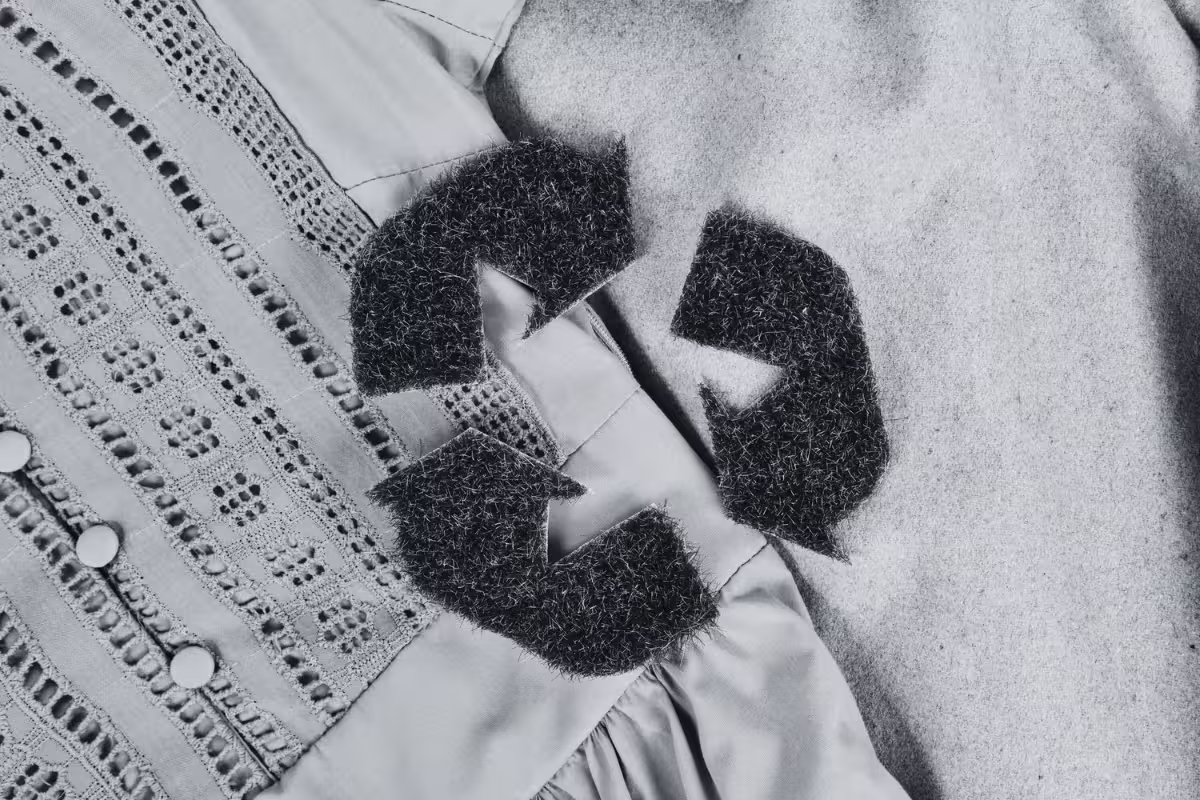Introduction
Peru has long been known for its world-class cotton—especially Pima—and rich textile heritage. Today, Peru apparel manufacturers are leading the charge in sustainable innovation, blending traditional craftsmanship with modern eco-practices. Whether you’re a small or mid-sized U.S. brand, tapping into these trends can boost your green credentials, reduce risk, and delight eco-conscious consumers.
1. Certified Organic & Pima Cotton Grown Responsibly
- What’s happening: Leading Peruvian farms are shifting to certified organic practices, eliminating synthetic pesticides and fertilizers.
- Why it matters: Organic Pima retains the luxurious hand-feel while cutting chemical runoff—and it often qualifies for preferential duty treatment under trade agreements.
- Brand tip: Ask your factory for GOTS or USDA Organic certificates to verify standards.
2. Low-Impact Dyeing & Closed-Loop Water Systems
- What’s happening: Factories are installing advanced dyeing machinery that reuses up to 80% of process water and captures colorants for reuse.
- Why it matters: Dyeing can account for 20–25% of a garment’s environmental footprint. Closed-loop systems shrink water use by half and cut wastewater discharge.
- Brand tip: Request an environmental report showing water-use metrics and zero-discharge commitments.
3. Recycled Fibers & Circular Blends
- What’s happening: Peru’s mills are blending recycled polyester (rPET) with native cotton and alpaca fibers—giving garments a second life.
- Why it matters: Blends maintain strength and drape while slashing virgin-fiber demand. They also appeal to consumers seeking closed-loop fashion.
- Brand tip: Prototype a small capsule using rPET-cotton blends to test performance and market response before scaling.
4. Fair Trade & Social Compliance Certifications
- What’s happening: Beyond environmental issues, Peruvian plants are earning Fair Trade, BSCI, and WRAP certifications to guarantee living wages and safe working conditions.
- Why it matters: Social impact drives purchase decisions—especially among ethically minded shoppers. Certifications also mitigate compliance risks.
- Brand tip: Look for audits from reputable bodies (e.g., Fair Trade USA) and request recent audit summaries.
5. Digital Traceability & Blockchain Pilots
- What’s happening: Early adopters are using blockchain to record every step—from seed to shelf—ensuring immutable traceability of each garment.
- Why it matters: Traceability builds trust: shoppers can scan a QR code and see origin, certifications, and manufacturing dates.
- Brand tip: Partner on a pilot: choose one best-selling SKU and track it digitally to evaluate ROI before wider rollout.
Why These Trends Matter for Your Brand
- Cost vs. Value Balance: Sustainable inputs can carry a modest premium—but you recoup that through higher margins and defended price positioning.
- Regulatory Readiness: Emerging U.S. regulations (e.g., the forthcoming Uyghur Forced Labor Prevention Act enforcement) demand supply-chain transparency.
- Consumer Demand: 66% of consumers are willing to pay more for sustainable fashion. These trends give you authentic stories to share.
Practical Steps to Engage Peru Apparel Manufacturers
- Map Your Targets: Identify which sustainability credentials align best with your brand values and customer expectations.
- Audit Your Current Suppliers: Gauge how close your existing Peru partners are to these trends and where they need investment.
- Set Clear KPIs: Define metrics—water saved, percent recycled content, audit scores—to track progress each season.
- Communicate Transparently: Share your sustainability goals with factories; co-invest in upgrades with shared-risk agreements.
- Market the Story: Use behind-the-scenes content (videos, blog posts, social media) to highlight your Peru supply-chain innovations.
Conclusion & Next Steps
Having your apparel produced in Peru is no longer just for low-cost options; it's an innovation hub for sustainable textiles. By aligning with certified organic cotton growers, eco-dye houses, recycled-fiber mills, and traceability pioneers, your small or mid-sized brand can deliver premium, eco-smart garments that resonate with today’s conscious consumer.
Ready to explore? Reach out to MakeMine’s sourcing team to map your Peru sustainability roadmap—and turn these trends into tangible brand advantage.






.png)